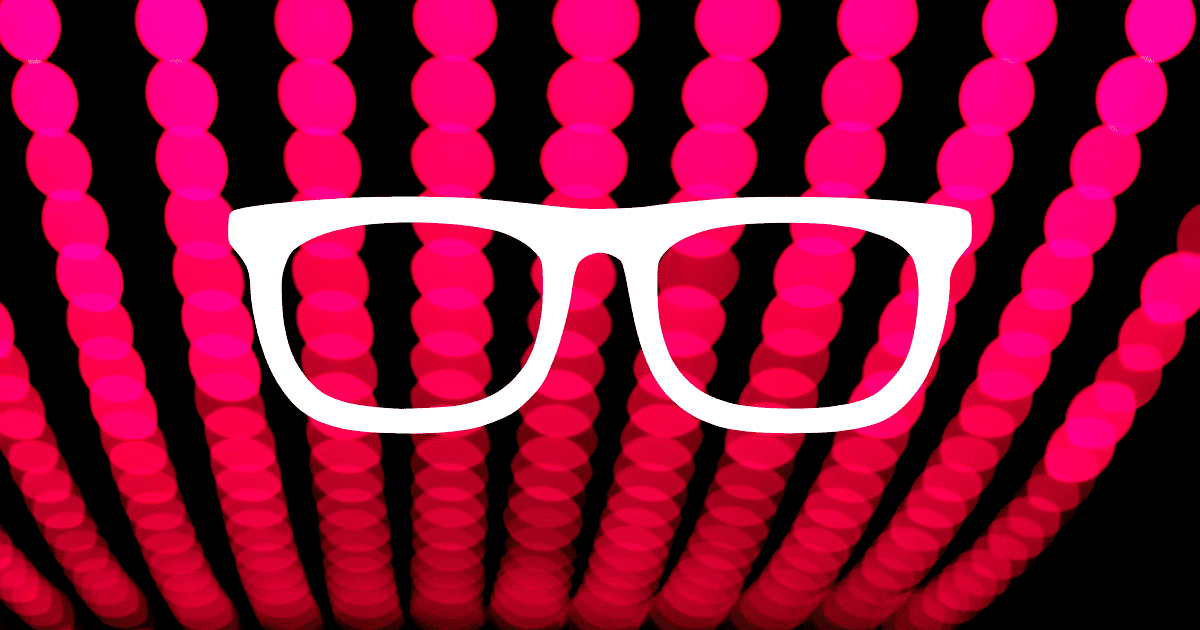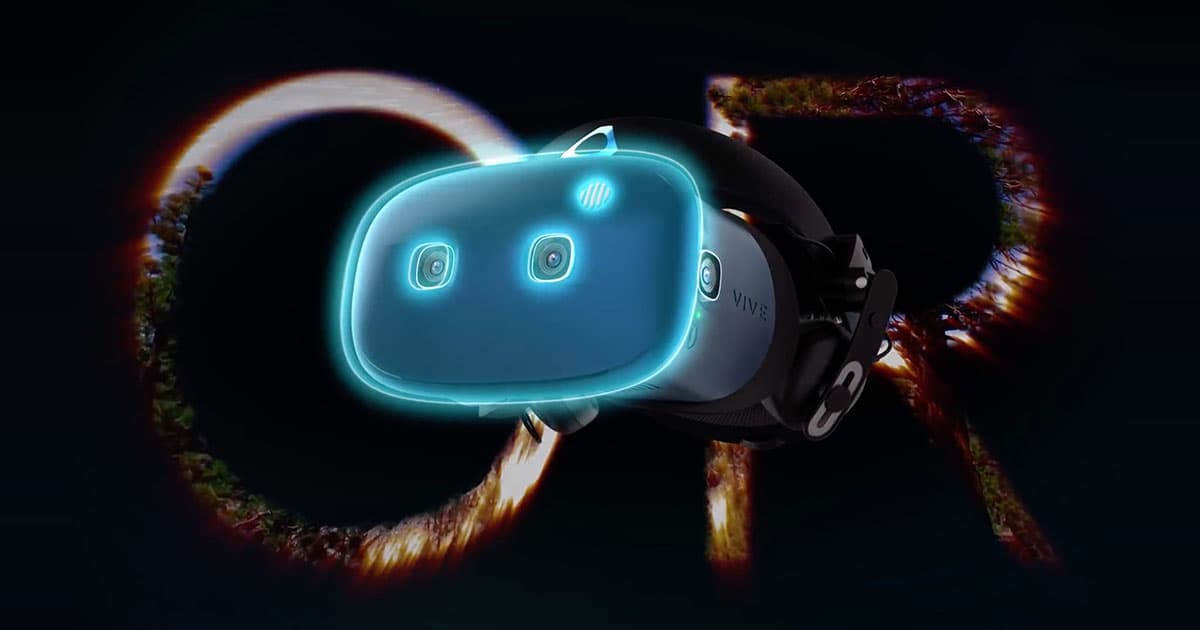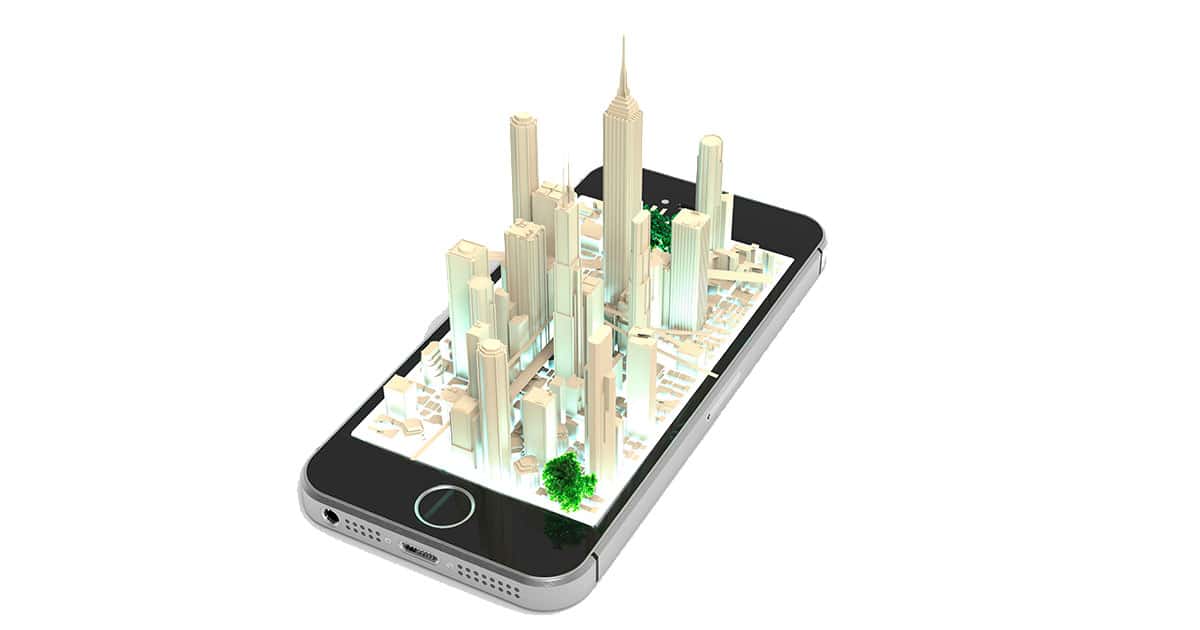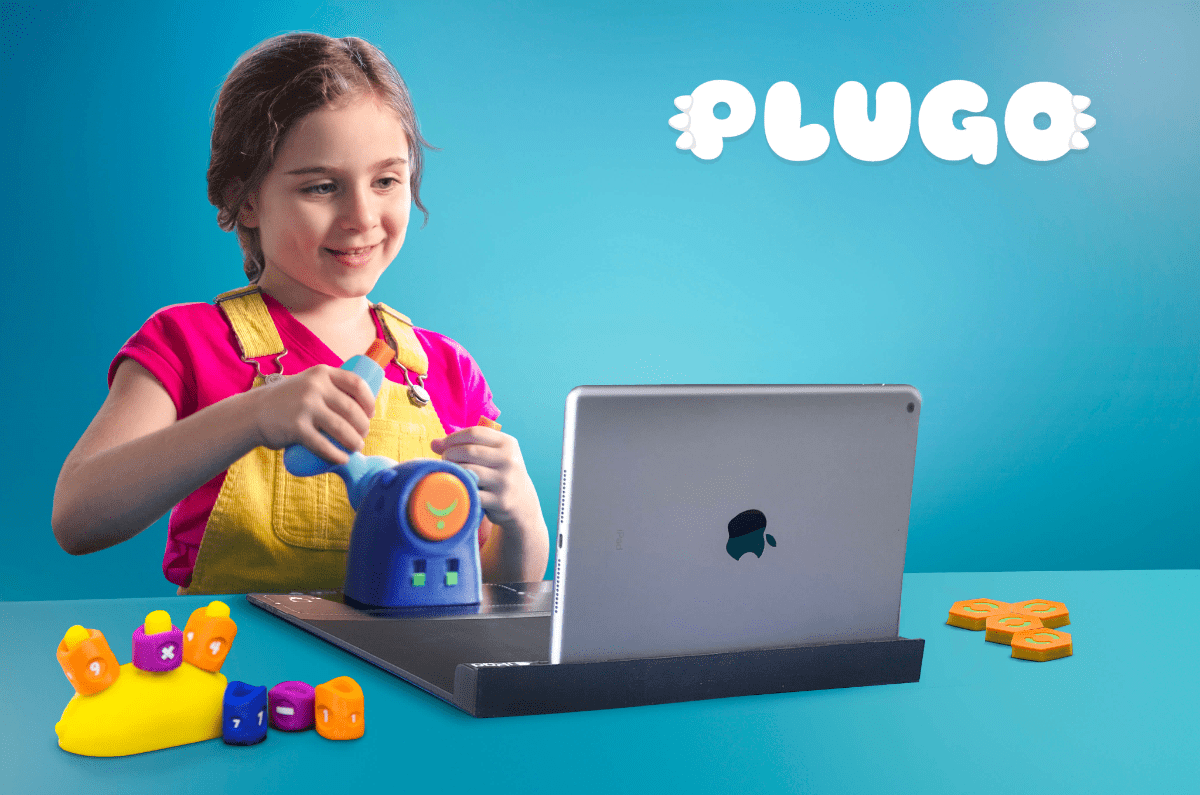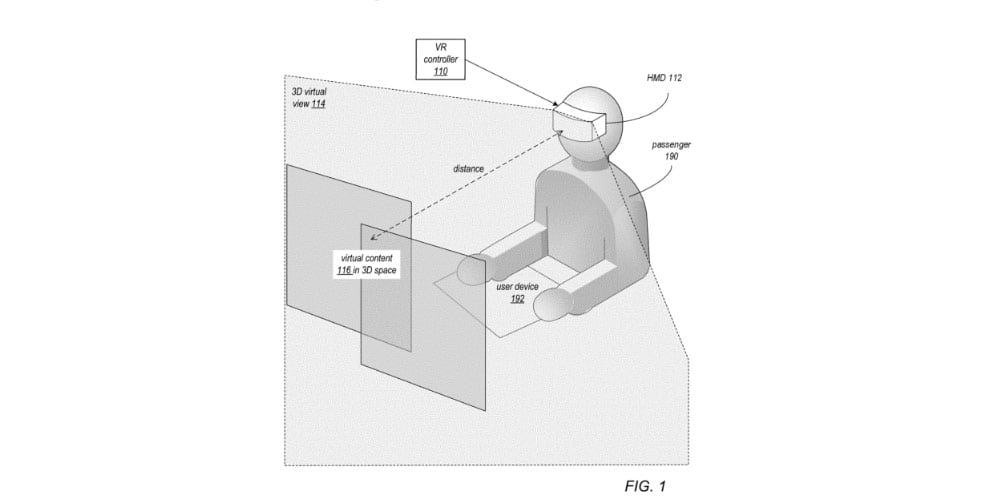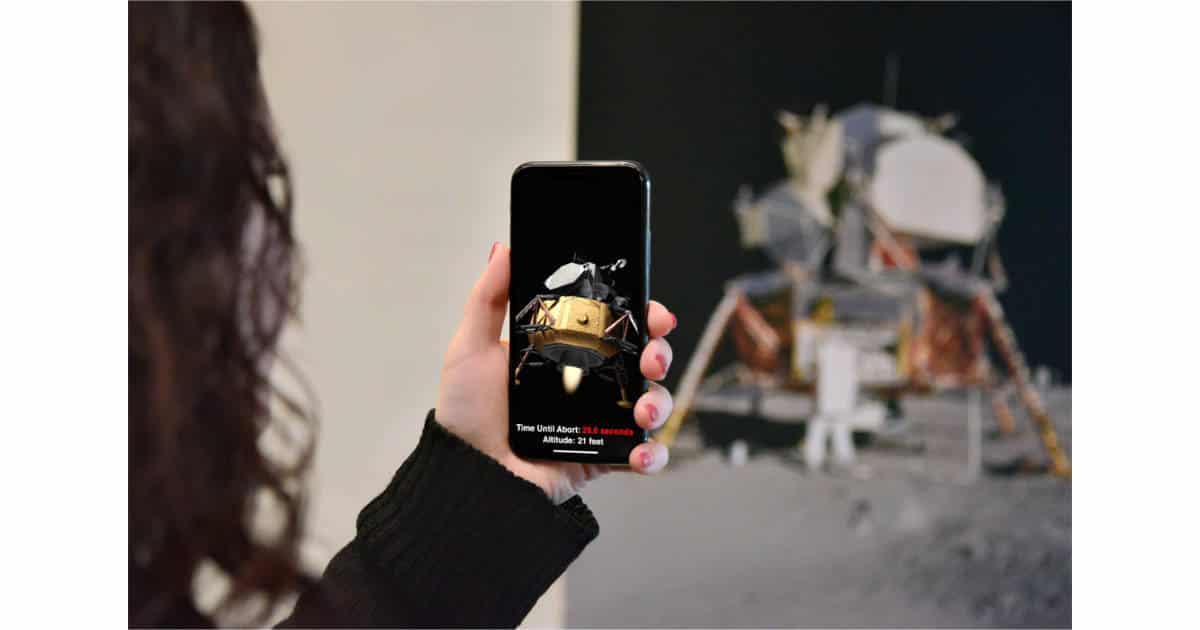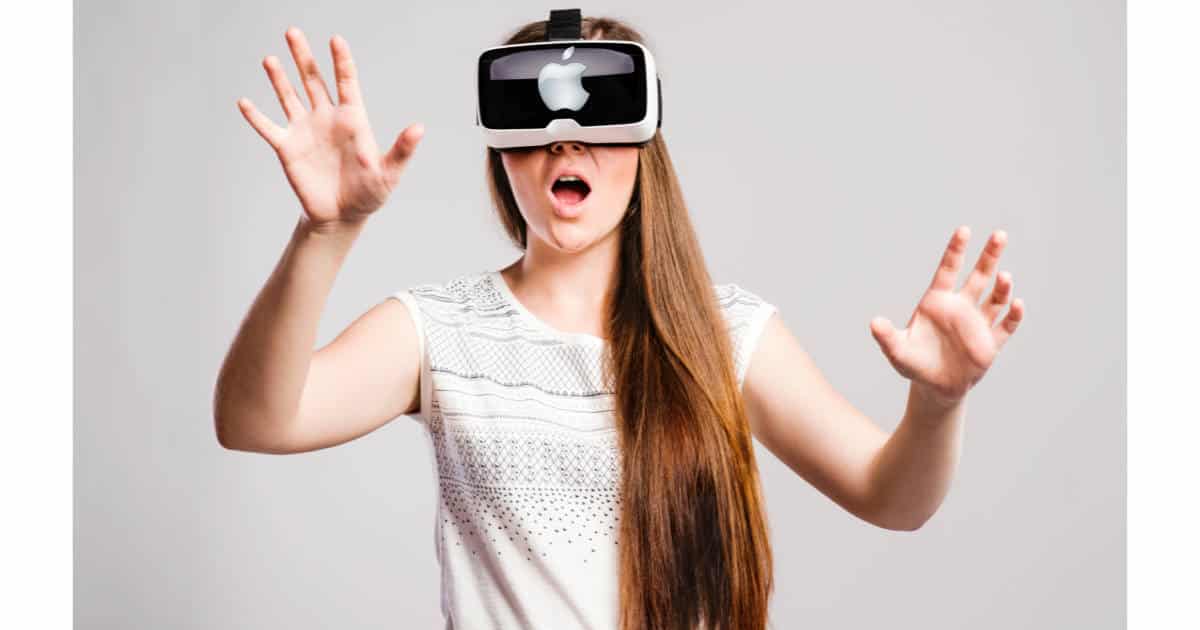Apple’s ecosystem is your body. It’s in our pockets, our ears, our wrists, and soon it will be over our eyes with augmented reality glasses. Lucas Rizzotto talks about Apple hardware can be thought of as a modular system, similar to what Bryan and I discussed on ACM. iPhone will provide processing power and networking, Apple Watch is for biometrics and input, AirPods give us contextual 3D audio, and Apple Glasses are our screen.
Ultimately, Apple’s final AR product offering won’t just be a set of glasses — but an interconnected ecosystem that can itself become a single, immersive computing platform. One that’s an extension of you and your body — whether you’re wearing glasses or not.
